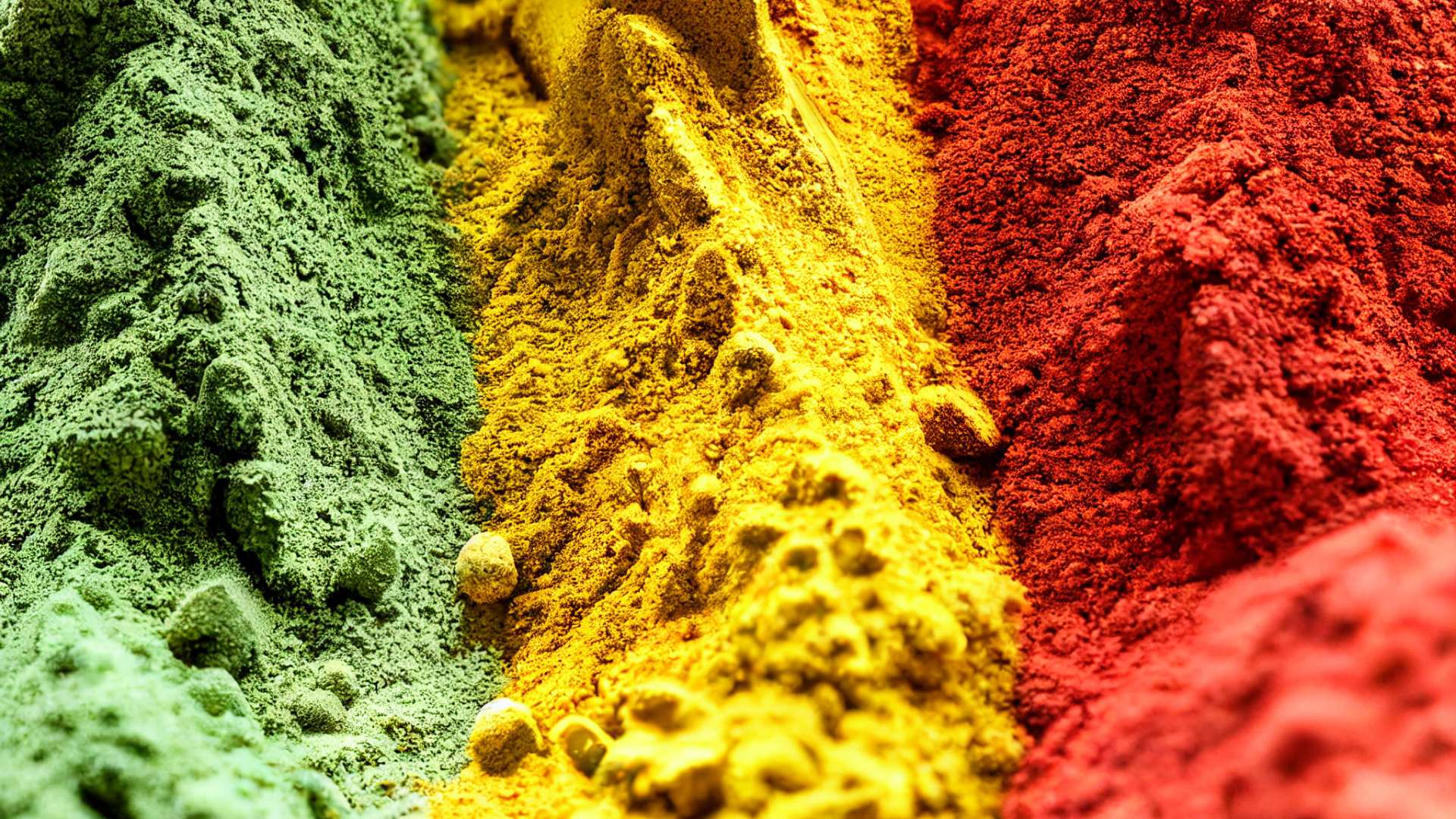Since the opioid crisis and chronic pain epidemic, there is a big need for safe options other than prescription opioids like oxycodone or ways to help with withdrawal. Many people talk about kratom, a plant from Southeast Asia, as a possible alternative for opioids, though mixing the two can also be a risk.
Does science agree with the claims about kratom and oxy? Is kratom a form of opioid? Can it support someone going through opiate detox or coming down from drugs like oxycodone, methadone, or suboxone? Should you avoid mixing oxycodone and kratom because it could be dangerous?
In this blog, we’ll examine kratom, its effects and how it might be used in treating opioid use, withdrawal and addiction, by discussing the topics: kratom and oxy, kratom as an opioid, kratom for opiate detox, kratom for opioid withdrawal, kratom for suboxone detox, best kratom for opiate detox, kratom and methadone, kratom vs oxycodone and herbal opiates, among others.
What Are Kratom and Oxycodone?
Kratom
Native to Southeast Asia, Kratom (Mitragyna speciosa) is a tropical tree. Kratom leaves have mitragynine and 7-hydroxymitragynine, which modify the opioid receptors in the brain.
Usually, people turn to kratom for reducing pain, increasing energy, and coping with opioid withdrawal. Often, people in the U.S. can buy kratom as a supplement, with many advertisements claiming it can serve as a natural alternative to opioids.
Oxycodone
Oxycodone is commonly prescribed for pain as a strong opioid medication. Because it fully binds to mu-opioid receptors, it works very well, yet it poses a high threat of problems such as breathing difficulties, addiction, and overdose.
Is Kratom an Opioid? Is Kratom Like Oxycodone?
Even though kratom is not a real opiate, it is treated as an opioid-like substance since its alkaloids connect with mu-opioid receptors just like drugs such as oxycodone. However, kratom’s pharmacology is distinct:
- Partial agonist: While kratom’s main compound, mitragynine, only stimulates some opioid receptors, oxycodone can stimulate all of them.
- Beta-arrestin pathway: Opioid receptors are activated by kratom’s alkaloids, but it involve the beta-arrestin pathway (linked to breathing problems after overdose) only minimally, which may be why overdosing on kratom is less often deadly than overdosing on oxycodone.
- Other pathways: Kratom also changes the adrenergic and serotonergic systems, possibly explaining why it affects both mood and signs of withdrawal.
Kratom and Oxycodone: Dangerous Combo?
Respiratory Depression and Overdose Risk
A key risk with opioids is respiratory depression, slowed or stopped breathing, which can be fatal. Animal studies comparing mitragynine (kratom) and oxycodone found that:
- At high doses, oxycodone caused a great deal of breathing depression and resulted in deaths.
- Even when tested at doses that exceed what people usually use, mitragynine (kratom) did not result in serious respiratory depression. When given at those levels of sedation, no people died.
Taking both kratom and oxycodone may raise the risk of experiencing side effects such as sleeping too much, being confused, and having trouble breathing, mostly in people who are very sensitive or take large doses.
The use of opioids with alcohol has not been thoroughly explored in people, and care should be taken.
Drug Interactions
Liver metabolism takes place for both kratom and oxycodone. When drugs are mixed, the risk of interactions, unusual side effects, or high toxicity may increase.
Kratom for Opiate Detox and Opioid Withdrawal
Evidence and Case Reports
Many individuals use kratom to self-manage opioid withdrawal and chronic pain. Kratom’s partial opioid activity can:
- Work by binding to opioid receptors to reduce withdrawal symptoms (muscle pain, anxiety, trouble sleeping, urges to use opioids).
- Like opioids in some ways, these medications make withdrawal symptoms less severe for oxycodone, methadone, and suboxone.
- Certain people say that red vein kratom works especially well for opiate detox because of its unique effect.
Clinical Perspective
- Kratom has not been officially recommended by the FDA or medical professionals for opioid withdrawal or addiction management, as there is no set appropriate dose, it may cause addiction, and the research is limited.
- People do go through withdrawal symptoms from Kratom. Using it daily can result in dependence and uncomfortable withdrawal symptoms, but these are usually not as strong as those caused by prescription opioids.
- Treating kratom dependence has also been successful with buprenorphine (Suboxone) and methadone, which are regularly given for opioid use disorder.
Kratom for Suboxone and Methadone Detox
Using kratom is a method some attempt to taper from suboxone or methadone to avoid a severe withdrawal. Because kratom might ease some of the difficulties in drug withdrawal, this way is regarded as very risky and is not sanctioned by medical science.
Can You Get Addicted to Kratom?
Yes. If you use kratom a lot, at high levels, or for a long period, it may cause dependence and addiction. Muscle pain, being irritable, lacking sleep, and cravings are common symptoms of withdrawal, and these are usually not as strong as those seen in opioid withdrawal.
Kratom vs Oxycodone: Effects, Risks, and Benefits
| Feature | Kratom | Oxycodone |
| Drug class | Herbal opioid/partial agonist | Prescription opioid/full agonist |
| Main use | Pain, energy, opioid withdrawal | Pain relief |
| Overdose risk | Lower (minimal respiratory depression in studies) | High (respiratory depression, fatal overdose) |
| Addiction potential | Moderate | High |
| Withdrawal symptoms | Mild-moderate | Moderate-severe |
| Legal status | Unregulated/banned in some areas | Prescription only |
| Clinical evidence | Limited, mostly anecdotal | Extensive |
Herbal Opiates & Fentanyl in Kratom
- Herbal opiates: Kratom is sometimes called an “herbal opioid” due to its action on opioid receptors.
- Fentanyl in kratom: There have been rare reports of kratom products adulterated with fentanyl, a highly potent synthetic opioid. This is extremely dangerous and underscores the importance of sourcing kratom from reputable vendors.
Does Kratom Help with Withdrawals? What the Research Says
- Anecdotal and early clinical evidence suggests kratom can ease opioid withdrawal symptoms and cravings, acting as a bridge for some trying to quit opioids.
- Risks: Kratom is not risk-free; dependence, withdrawal, and adverse effects are possible, and medical supervision is recommended for opioid detox.
- No FDA-approved use: Kratom is not approved as a treatment for opioid use disorder, and its use is controversial among medical professionals.
Final Thoughts
People see kratom and oxycodone in different ways, since they have clear cons and pros. In one way, kratom works on opioid receptors, which is why it is often seen as a valuable herbal option for pain and opioid withdrawal.
Still, due to being unregulated, addiction dangers and the risks of mixing opioids with other drugs such as oxycodone or methadone, it cannot be given full disregard.
Consider talking to doctors, learning about kratom, and closely tracking how much you use if you wish to use it as an aid for opiate detox or managing withdrawal symptoms. Some individuals might find that kratom helps them ease off opioid use more easily. Some people might end up trapped by their gambling addiction.







